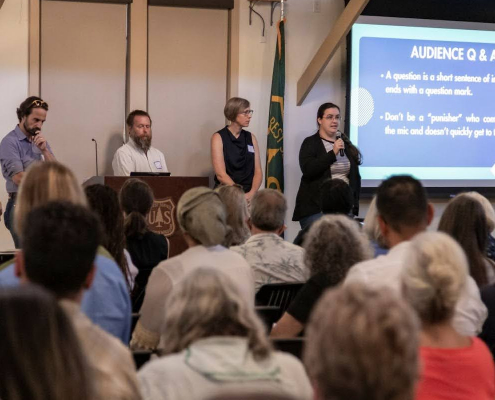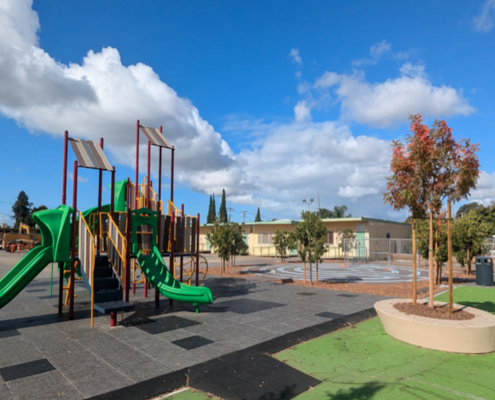 https://innovation.luskin.ucla.edu/wp-content/uploads/2024/07/web-headers-2024-07.png
0
0
angela wu
https://innovation.luskin.ucla.edu/wp-content/uploads/2024/07/web-headers-2024-07.png
angela wu2025-05-07 07:45:532025-09-16 15:39:43How to Use the Shade Data Map in Tree Equity Score
https://innovation.luskin.ucla.edu/wp-content/uploads/2024/07/web-headers-2024-07.png
0
0
angela wu
https://innovation.luskin.ucla.edu/wp-content/uploads/2024/07/web-headers-2024-07.png
angela wu2025-05-07 07:45:532025-09-16 15:39:43How to Use the Shade Data Map in Tree Equity Score https://innovation.luskin.ucla.edu/wp-content/uploads/2024/07/web-headers-2024-07.png
0
0
angela wu
https://innovation.luskin.ucla.edu/wp-content/uploads/2024/07/web-headers-2024-07.png
angela wu2025-05-05 20:29:242025-10-31 15:28:25Efficient Outdoor Thermal Comfort via Radiant Cooling and Infrared-Reflective Walls
https://innovation.luskin.ucla.edu/wp-content/uploads/2024/07/web-headers-2024-07.png
0
0
angela wu
https://innovation.luskin.ucla.edu/wp-content/uploads/2024/07/web-headers-2024-07.png
angela wu2025-05-05 20:29:242025-10-31 15:28:25Efficient Outdoor Thermal Comfort via Radiant Cooling and Infrared-Reflective Walls https://innovation.luskin.ucla.edu/wp-content/uploads/2024/12/LCI-based-Center-for-Heat-Resilient-Communities-is-now-accepting-applications-1.png
556
926
angela wu
https://innovation.luskin.ucla.edu/wp-content/uploads/2024/07/web-headers-2024-07.png
angela wu2025-05-05 08:00:452025-11-06 09:42:30Center for Heat Resilient Communities
https://innovation.luskin.ucla.edu/wp-content/uploads/2024/12/LCI-based-Center-for-Heat-Resilient-Communities-is-now-accepting-applications-1.png
556
926
angela wu
https://innovation.luskin.ucla.edu/wp-content/uploads/2024/07/web-headers-2024-07.png
angela wu2025-05-05 08:00:452025-11-06 09:42:30Center for Heat Resilient Communities https://innovation.luskin.ucla.edu/wp-content/uploads/2024/07/web-headers-2024-07.png
0
0
angela wu
https://innovation.luskin.ucla.edu/wp-content/uploads/2024/07/web-headers-2024-07.png
angela wu2025-03-31 20:36:552025-10-24 09:19:57The Multiple Drivers of Thermal Disparities in US Manufactured Housing
https://innovation.luskin.ucla.edu/wp-content/uploads/2024/07/web-headers-2024-07.png
0
0
angela wu
https://innovation.luskin.ucla.edu/wp-content/uploads/2024/07/web-headers-2024-07.png
angela wu2025-03-31 20:36:552025-10-24 09:19:57The Multiple Drivers of Thermal Disparities in US Manufactured Housing https://innovation.luskin.ucla.edu/wp-content/uploads/2024/07/web-headers-2024-07.png
0
0
angela wu
https://innovation.luskin.ucla.edu/wp-content/uploads/2024/07/web-headers-2024-07.png
angela wu2025-03-14 20:30:262025-10-24 09:20:22Planning for Heat Beyond the Big City: Comparing Smaller Cities’ Heat Activities, Opportunities, and Constraints in California
https://innovation.luskin.ucla.edu/wp-content/uploads/2024/07/web-headers-2024-07.png
0
0
angela wu
https://innovation.luskin.ucla.edu/wp-content/uploads/2024/07/web-headers-2024-07.png
angela wu2025-03-14 20:30:262025-10-24 09:20:22Planning for Heat Beyond the Big City: Comparing Smaller Cities’ Heat Activities, Opportunities, and Constraints in California
Depaving California Schools for a Greener Future
Evaluating tree benefits and care in California schoolyards for climate resilience

The Luskin Center for Innovation-based Center for Heat Resilient Communities is now accepting applications
The Center will engage and support 10 communities and tribal entities in determining the best strategies for local heat mitigation and management.

UCLA Luskin Center for Innovation releases Strategic Roadmap
Journeying through 15 years of impact, our priorities for the next few years, and opportunities to partner

UCLA Luskin Center for Innovation’s Strategic Roadmap
Join us on our journey to inform effective and equitable environmental policy

The Luskin Center for Innovation co-hosts the first-ever Southern California urban forest equity symposium
With more than 170 researchers, practitioners, community members, and representatives from government and nonprofit organizations
